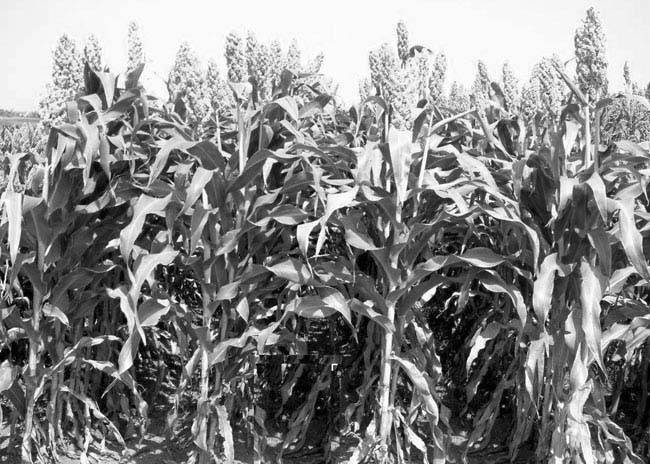This is the seventh book by CAB International in the series on Comprehensive Assessment of Water Management.
It covers a range of vital topics in the areas of water, agriculture, food security and ecosystems – the entire spectrum of developing and managing water in agriculture, from fully irrigated to fully rainfed lands. They are about people and society, why they decide to adopt certain practices and not others and, in particular, how water management can help poor people. They are about ecosystems – how agriculture affects ecosystems, the goods and services ecosystems provide for food security and how water can be managed to meet both food and environmental security objectives.
Rainfed agriculture plays, and will continue to play, an important role in global food production as 80 per cent of agriculture is rainfed and contributes about 58 per cent to the global food basket. In addition rainfed areas are also the hot-spots of poverty, malnutrition, water scarcity, severe land degradation, and poor physical and financial infrastructure.
The book is organized into fourteen chapters addressing the issues, starting with the past trends and future prospects, followed by zooming in on the global hotspots of rainfed agriculture, water resource implications of upgrading rainfed agriculture, tectonics–climate-linked natural soil degradation and its impact on rainfed agriculture, determinants of crop growth and yield in a changing climate, yield gap analysis, ‘can rainfed agriculture feed the world?’ scenario analysis, crop water productivity enhancement through genetic enhancement, water harvesting and supplemental irrigation in arid and SAT areas, integrated farm management practices, challenges of adoption and adaptation in smallholder agriculture and scaling-out community watershed management benefits in rainfed areas.
 The stay-green trait provides enhanced drought tolerance in sorghum
The stay-green trait provides enhanced drought tolerance in sorghum
Effectively managing water to meet food and environmental objectives will require the concerted action of individuals from across several professions and disciplines – farmers, fishers, water managers, economists, hydrologists, irrigation specialists, agronomists and social scientists. The material presented in this book represents an effort to bring a diverse group of people together to present a truly cross-disciplinary perspective on rainfed agriculture. The complete set of books should be invaluable for resource managers, researchers and field implementers.
The major finding of the book is that for food security the vast untapped potential of rainfed agriculture needs to be tapped as the current farmers’ crop yields are lower by two to five fold than the potential, based on clear documented evidence. The book calls for upgrading of rainfed agriculture by adopting a new paradigm where artificial boundaries between rainfed and irrigated agriculture need to be discarded in favour of science-based development by adopting a small catchment/watershed approach with integrated genetic and natural resource management (IGNRM), with community participation and more investments in rainfed areas.
This valuable resource book, with contributions from renowned scientists, will be useful for the spectrum of stakeholders including students, development investors, development agents, researchers and policy makers alike.
Download the book here